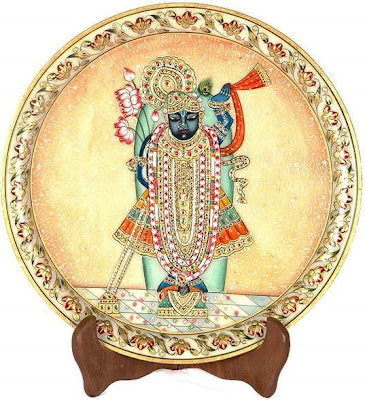Bonsai: An Art
Bonsai
Bonsai ("Tray gardening"...In Japanese) is the art of growing trees and plants, kept small by being grown in a pot and by the use of skilled pruning, formed to create an aesthetic shape and the illusion of age, although many bonsai trees are quite old and simply show their age in miniature form. The Chinese art of penjing is very similar to and is the precursor of the Japanese art of bonsai.
Tools to be used

Techniques
This juniper makes extensive use of both jin (deadwood branches) and shari (trunk deadwood)
The small size of the tree and the dwarfing of foliage result from pruning of both the leaves and the roots. Most trees require a dormancy period and do not grow roots or leaves at that time. Improper pruning can weaken or kill trees.
Copper or aluminium wire wrapped around branches and trunks holds the branches in place until they lignify (convert into wood), usually 6-9 months or one growing season. Some species do not lignify strongly, or are already too stiff/brittle to be shaped and are not conducive to wiring, in which case shaping is accomplished primarily through pruning.
Cultivators use deadwood bonsai techniques called jin and shari to simulate age and maturity in a bonsai. Jin is the term used when the bark from an entire branch is removed to create the impression of a snag of deadwood. Shari denotes stripping bark from areas of the trunk to simulate natural scarring from a broken limb or lightning strike.
Watering
With limited space in a bonsai pot, regular attention is needed to ensure the tree is correctly watered. Sun, heat and wind exposure can dry bonsai trees to the point of drought in a short period of time. While some species can handle periods of relative dryness, others require near-constant moisture. Watering too frequently, or allowing the soil to remain soggy, promotes fungal infections and root rot. Free draining soil is used to prevent waterlogging. Deciduous trees are more at risk of dehydration and will wilt as the soil dries out. Evergreen trees, which tend to cope with dry conditions better, do not display signs of the problem until after damage has occurred.
Repotting
An uprooted bonsai, ready for repotting
Bonsai are repotted and root-pruned at intervals dictated by the vigour and age of each tree. In the case of deciduous trees, this is done as the tree is leaving its dormant period, generally around springtime. Bonsai are often repotted while in development, and less often as they become more mature. This prevents them from becoming pot-bound and encourages the growth of new feeder roots, allowing the tree to absorb moisture more efficiently.
Pre-bonsai material known as potensai, are often placed in "growing boxes" which are made from scraps of fenceboard or wood slats. These large boxes allow the roots to grow more freely and increase the vigor of the tree. The second stage, after using a grow box, has been to replant the tree in a "training box;" this is often smaller and helps to create a smaller dense root mass which can be more easily moved into a final presentation pot.
Wiring
Most bonsai are trained using malleable wire made from copper or copper colored aluminium. This is wrapped around the developing branches and trunk, allowing them to be moved into the desired shape and held in place by the wire. The tree is wired for at least one growing season to allow the branches to set in their new position. Some trees do not respond well to wiring and are shaped instead by pruning.
Celebrating














Comments